Beijing once again pledged to embrace its private sector amid record shrinkage in the country’s private fixed asset investments, one of the main drivers of China’s economic recovery in 2021.
China’s annual growth in private fixed asset investment has shrunk to 0.9 percent in 2022, the lowest in 11 years, despite Beijing’s renewed embrace of its private sector and issuance of supporting policies.
On Feb. 15, the Chinese state-owned Qiushi magazine published an article titled “Several Major Issues in the Current Works of Chinese Economy.”
The article claims that Beijing treats its state-owned and private enterprises equally, promotes the development of the private sector, and that the Chinese government at all levels has introduced a series of policies to support private enterprises in 2022.
Despite that claim, data released in January by China’s National Bureau of Statistics showed its 2022 growth of private fixed asset investment shrank to the lowest level since 2012.
Private fixed asset investment measures spending by private businesses, non-profits, and households on fixed assets in the Chinese economy. Fixed assets are properties, such as land, buildings, and certain types of equipment, intended for long-term use and may not easily be converted into cash.
In a press conference in January, Kang Yi, director of the Statistics Bureau, attributed the low growth of private investment in 2022 to its declining real estate market performance.
While private investment growth dropped sharply in 2022, the January data suggests worsening market conditions will continue into 2023.
According to the Chinese National Bureau of Statistics, in 2022, the profits of private industrial enterprises fell by 7.2 percent year-over-year, the first decline since 2011. On the other hand, in 2021, the profits of private industrial enterprises increased 27.6 percent year-over-year.
In addition, China’s monthly container freight rate index has fallen across the board since September 2022, with the largest decline in the comprehensive freight rate index occurring in October 2022, a month-on-month drop of 24.8 percent.
In January 2023, the container freight rate index fell by 11.2 percent month-over-month. Meanwhile, the index of the European route fell by 16.7 percent month-over-month, and the U.S.-West and U.S.-East routes fell by 7.8 and 9.8 percent, respectively.
In 2022, the year-over-year cumulative trading volume and turnover of China’s futures market fell for the first time since 2018, while the total profits of futures companies nationwide dropped by nearly 20 percent.
China’s futures market continued to decline in January, plunging 39.85 percent month-over-month in trading volume.
Albert Song, a current affairs commentator and expert on the Chinese financial system, told The Epoch Times on Feb. 17 that the decrease in trading volume in China’s futures market suggests a lack of market confidence, poor liquidity, and reduced economic activity in the market.
According to data released by the Chinese statistics bureau, the “aggregate financing to the real economy (AFRE)” increased by 9.6 percent in 2022 compared to the previous year, similar to the 9.8 percent year-on-year increase in 2018. However, the year-on-year growth rate of fixed asset investment (FAI) in 2018 was 8.7 percent, far greater than the 0.9 percent growth in 2022.
Regarding the drastic difference in FAI despite similar AFRE when comparing the two years, Song explained that it is due to a phenomenon called “financial idling,” which is becoming more severe in China.
Financial idling refers to funds not being used in a manner that can increase their value. Especially amid inflation, idle funds are losing value as they are not growing at the pace of rising costs.
The circulation of funds in the financial system would seek high-yield opportunities instead of flowing into the real economy. And the idling of funds will make it more difficult for the real economy to obtain low-cost financial market funds, leading to the increased cost of utilizing funds.
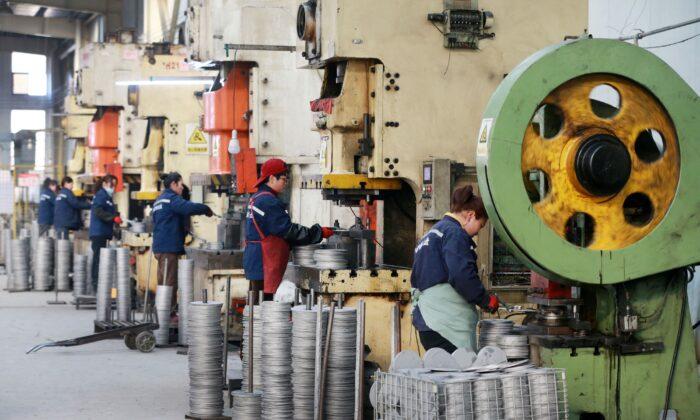


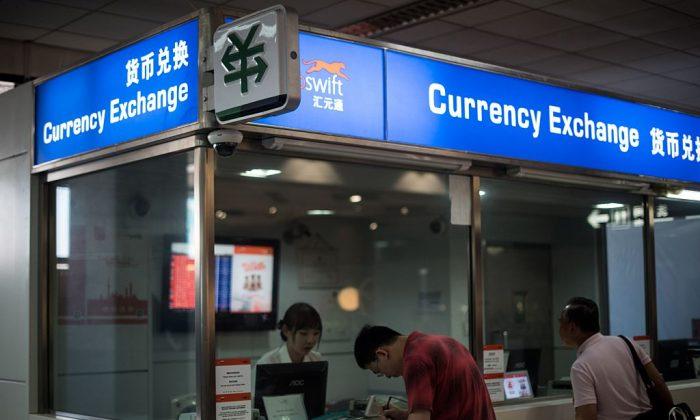
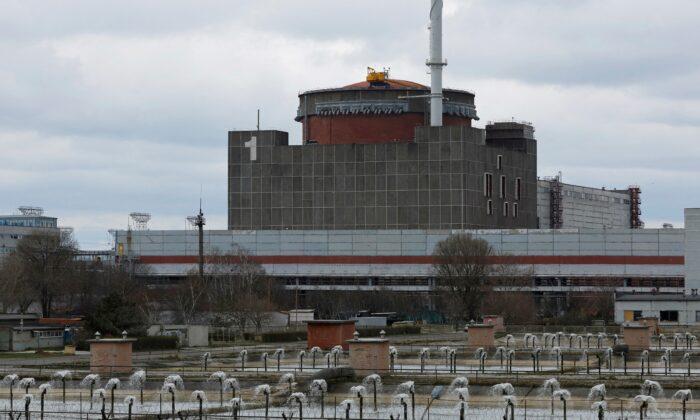
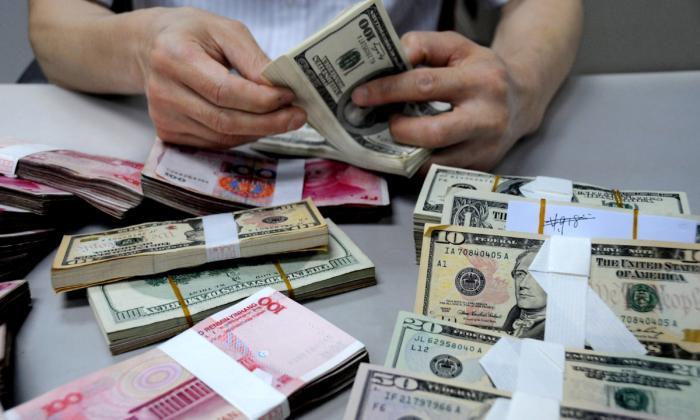
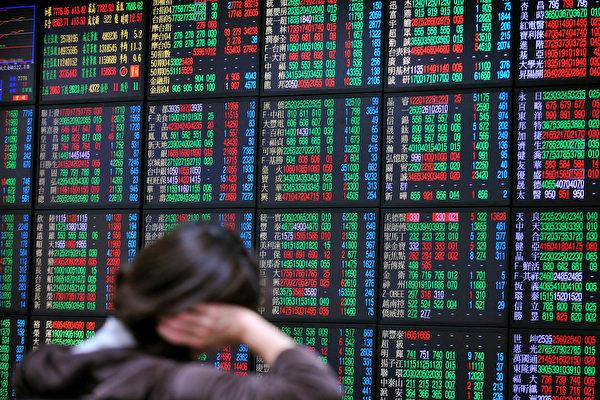
Friends Read Free